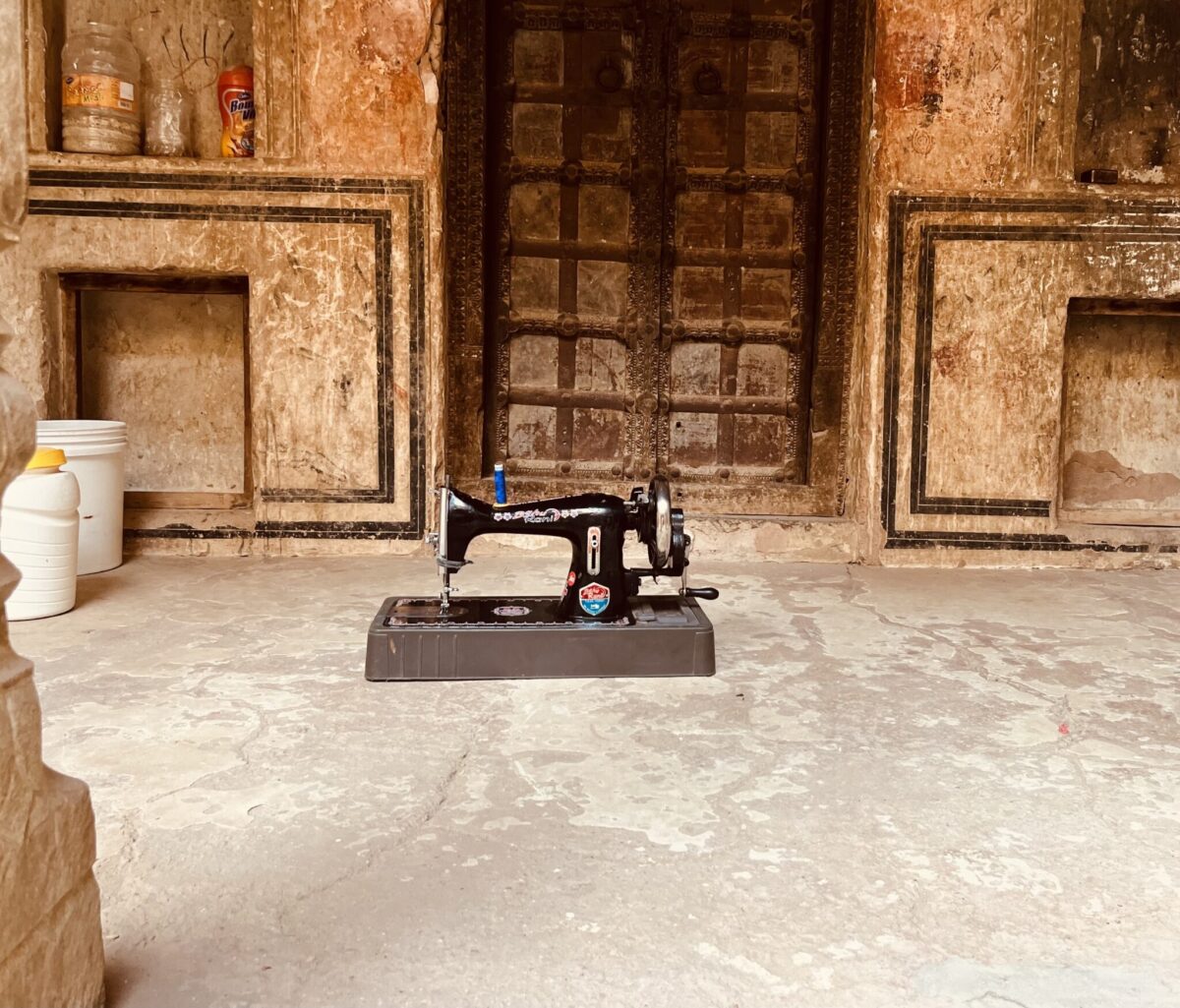Beyond Contracts: Subcontractor Influence on Firms, Workers, and Growth

Policy Context
In India, an estimated 60-80% of the labor force operates informally, lacking formal contractual obligations. Employment is often facilitated through “relational contracts” or intermediaries. Recent academic attention, such as Bertrand et al.’s 2021 working paper, has highlighted firms’ use of subcontractors to navigate labor regulations and their impact on firm growth in India.
Despite potentially reducing regulatory costs, the role of subcontractors in labor market dynamics remains unclear. While some argue that subcontractors alleviate search friction between firms and workers, our preliminary fieldwork reveals evidence of subcontractors exerting monopsony power, introducing a new layer of friction. This effect intensifies when subcontractors serve multiple firms, influencing a firm’s hiring based on subcontractors’ incentives rather than the firm’s growth potential. This project aims to document the effect of reduced search frictions as well as distortions caused by inefficient labor supply by subcontractors in the textile manufacturing industry in India.
Simoni will use CEGA funds to quantitatively document a new source of monopsony power, as exercised by subcontractors, and explore the role of information experiments and in-firm promotions as treatments that may benefit informal workers and firms as well.
Study Design
Scoping funds are provided to Simoni and team to study the degree of labor market power held by subcontractors in the informal sector. Specifically, they want to construct empirical measures of the following variables of interest: i) firm and/or subcontractor concentration, which will give an estimate of labor market power; ii) joining and separation rate (conditional on presence of subcontractor); iii) frequency of wage changes, which along with joining or separation rates will be used to generate preliminary estimates of labor supply elasticities; iv) mapping the firm-subcontractor network. Funds will be used to survey firms, workers, and subcontractors in the manufacturing sector, to characterize labor market dynamics, create network maps, and collect data on hiring, productivity, layoffs, wage changes, and promotions from subcontractors.
Results and Policy Lessons
Forthcoming

